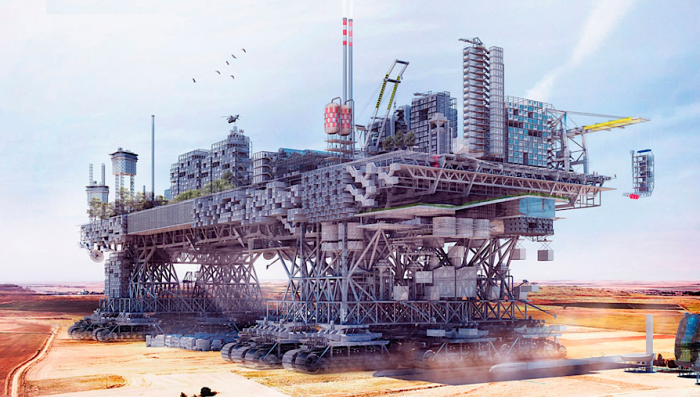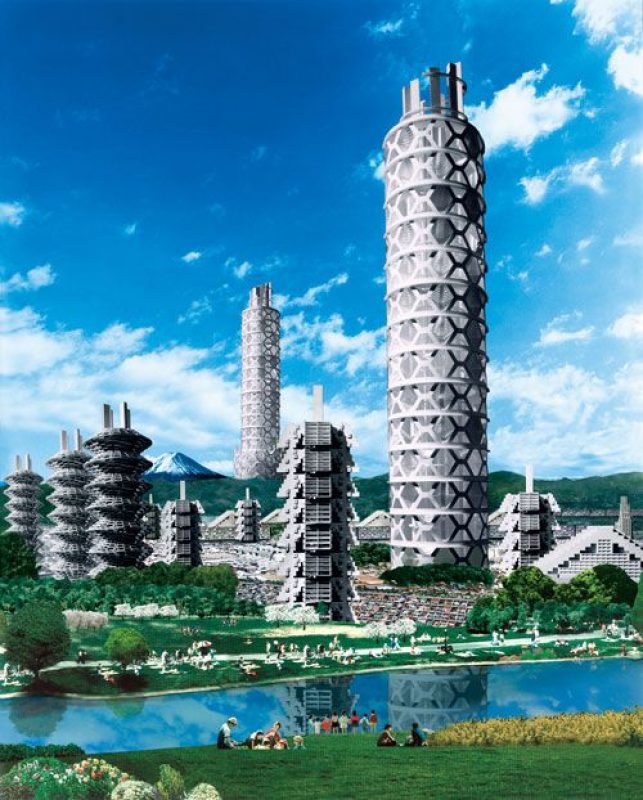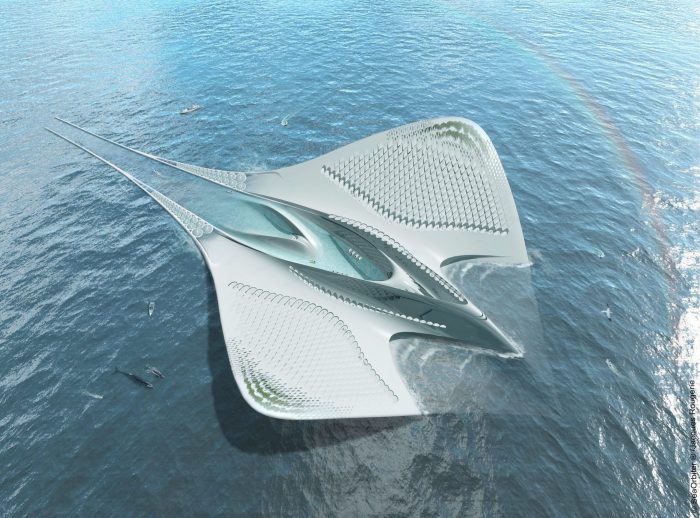Man is in his freest state when he roams without limitations; architects and planners always go above and beyond when imagining future cities. Here come our high hopes in technology – be it in structure systems or automation of complex processes, our vision of future cities centers around innovation. A comprehensive example of this is Elon Musk’s Vision for a Future City. There is a multitude of imagined cities of the future and unique utopian projects based on non-realistic architecture, or at least not yet.
What Are Future Cities?
Future Cities are resembled in integrative visions by architects and urban planners, and they usually have the characteristics of being livable, smart, vibrant, sustainable, and innovative.
1.The Plug-In City – Peter Cook, Archigram
The city was linear in shape, which allowed people to travel easily and cover long distances in a shorter time. The utopic city comprised of smaller projects that were joined together after a lot of investigation through 1962-1964 proposed by the avant-garde group called Archigram. The collective project comprised of modular residential units that can be “plugged in” to the main structure of the city, whereas the Plugin city is not portrayed city but rather an evolving megastructure, which is linked with transportation and other essential services. The crane at the top is the main component of the structure which is the main footing for adding and removing units from the block.
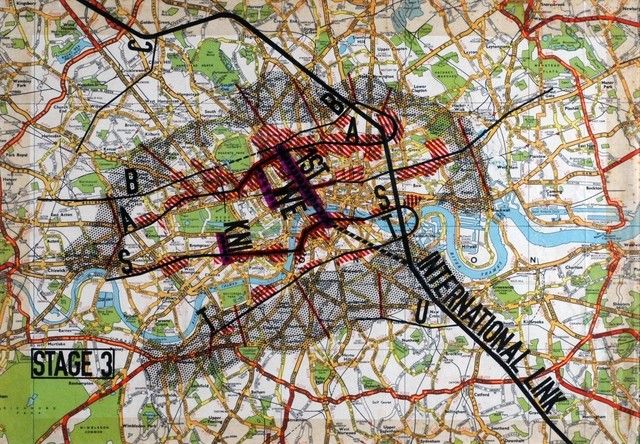
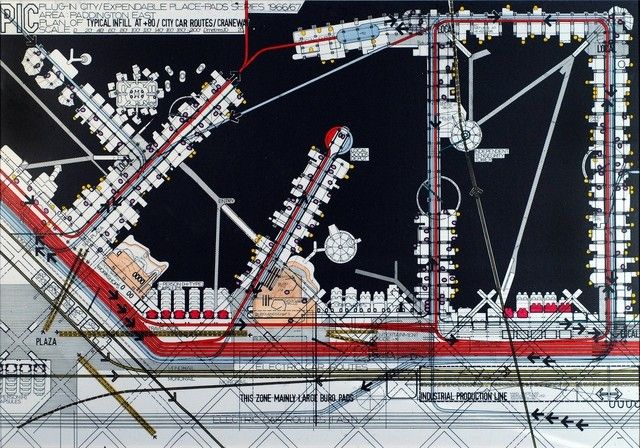
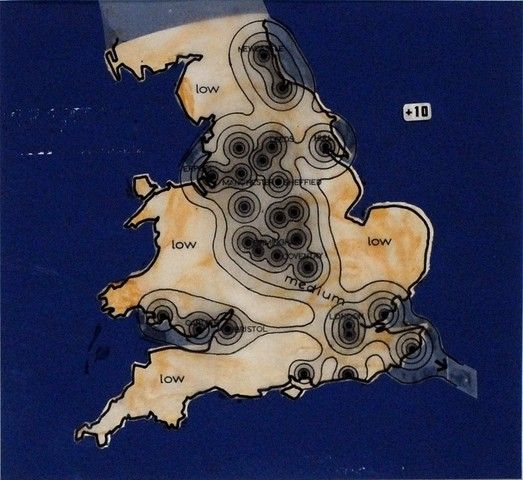

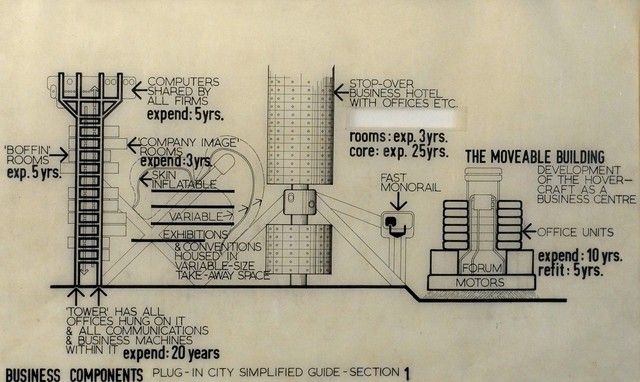
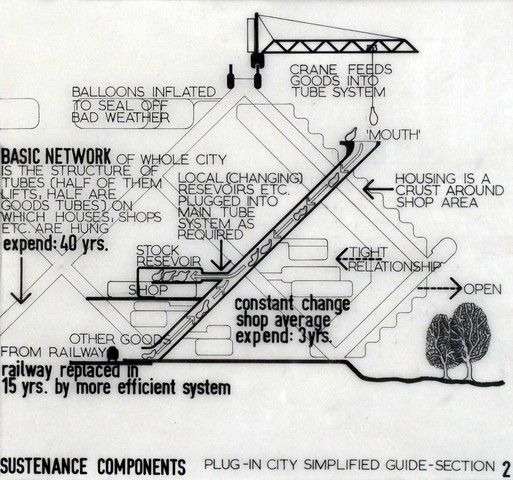
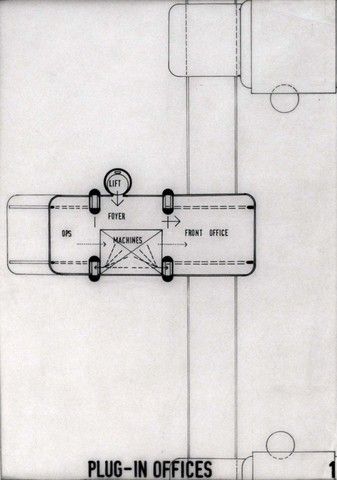
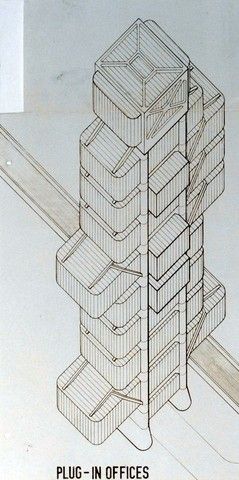
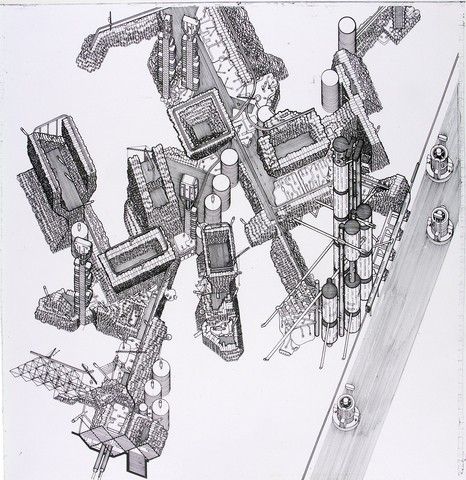
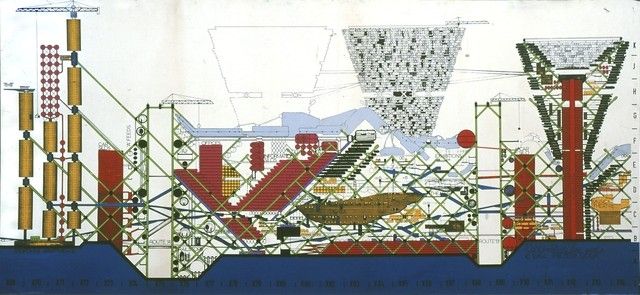
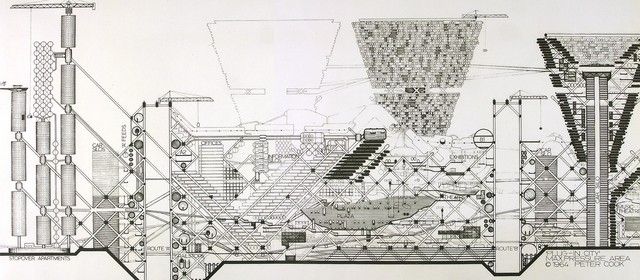
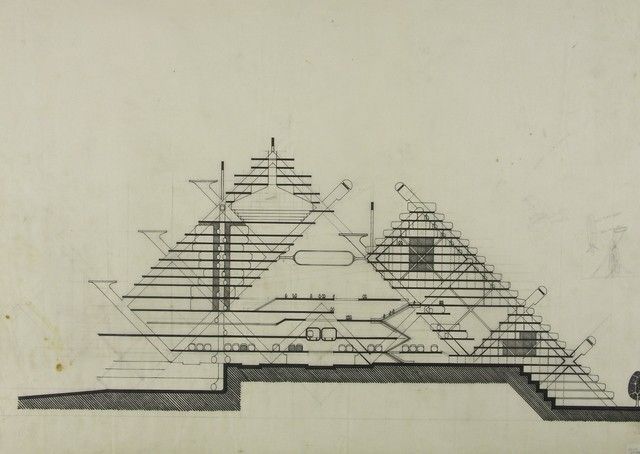
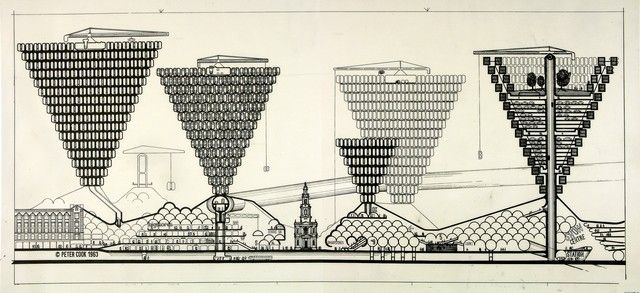
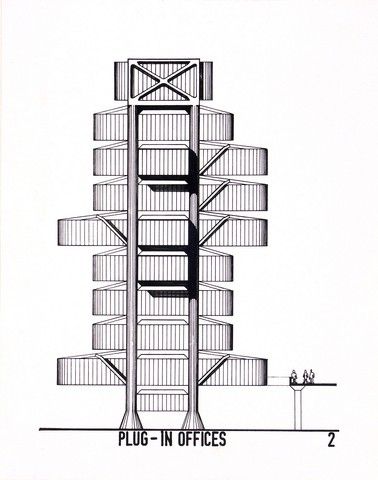
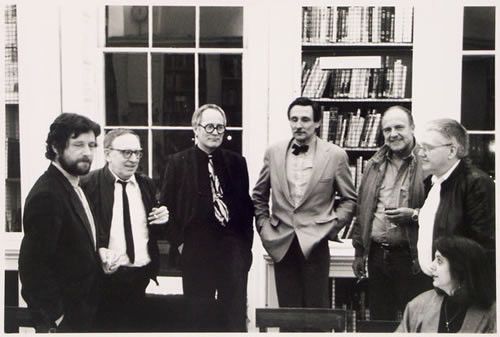
2. The Walking City – Archigram and Ron Herron
The concept of having a city that can change its place by moving was a new innovation to architecture. The design team at Archigram presented the idea of using a massive robotic building structure, which had its own intelligence while being able to move freely around the world. The idea of connecting more than one city to form large walking metropolises when needed would benefit the economy of the city.
3. Metabolism – Kikutake Kiyonori – Eco Polis
The project designed by Kikutake Kiyonori expressed his vision to improve the future of the city by combining the main spine-like element which was wrapped with hexagonal spaces to show the flexibility between the elements. The Metabolism movement was established in the late 1950s in Japan which was required for the economic growth of the city after the war. The name Metabolism comes from the experimental concept of living organisms that have the ability to reproduce, expand and evolve.
4. San Francisco – Lebbeus Woods
Lebbeus Woods’s designs are a reality of an alternate future which gives an idea of a radical reconstruction of the city that was affected by war. “Architecture and war are not incompatible” quoted by the architect himself, which depicts the idea that sometimes extreme circumstances bring out the best in people and push the people to surpass the barriers.
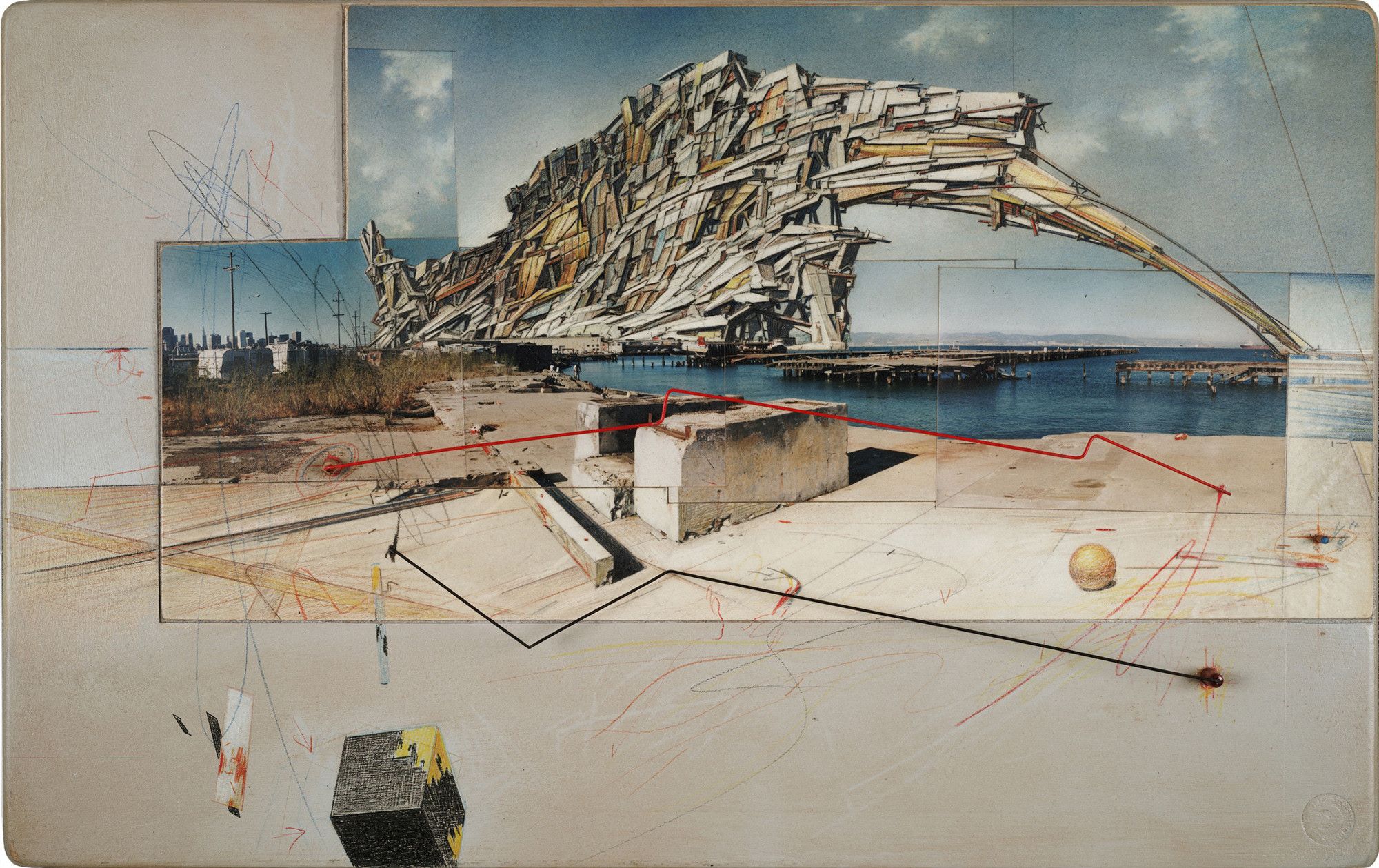
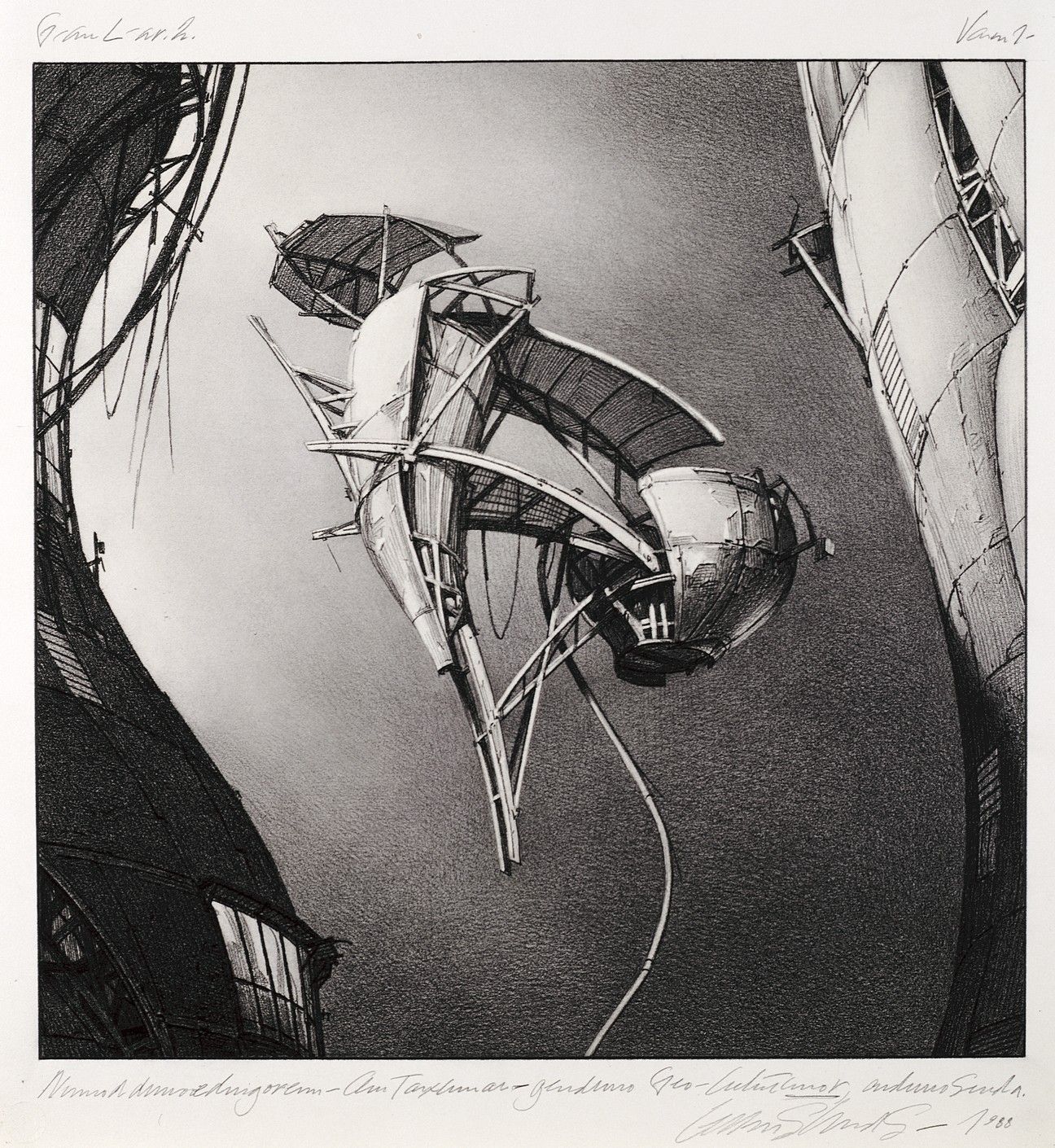
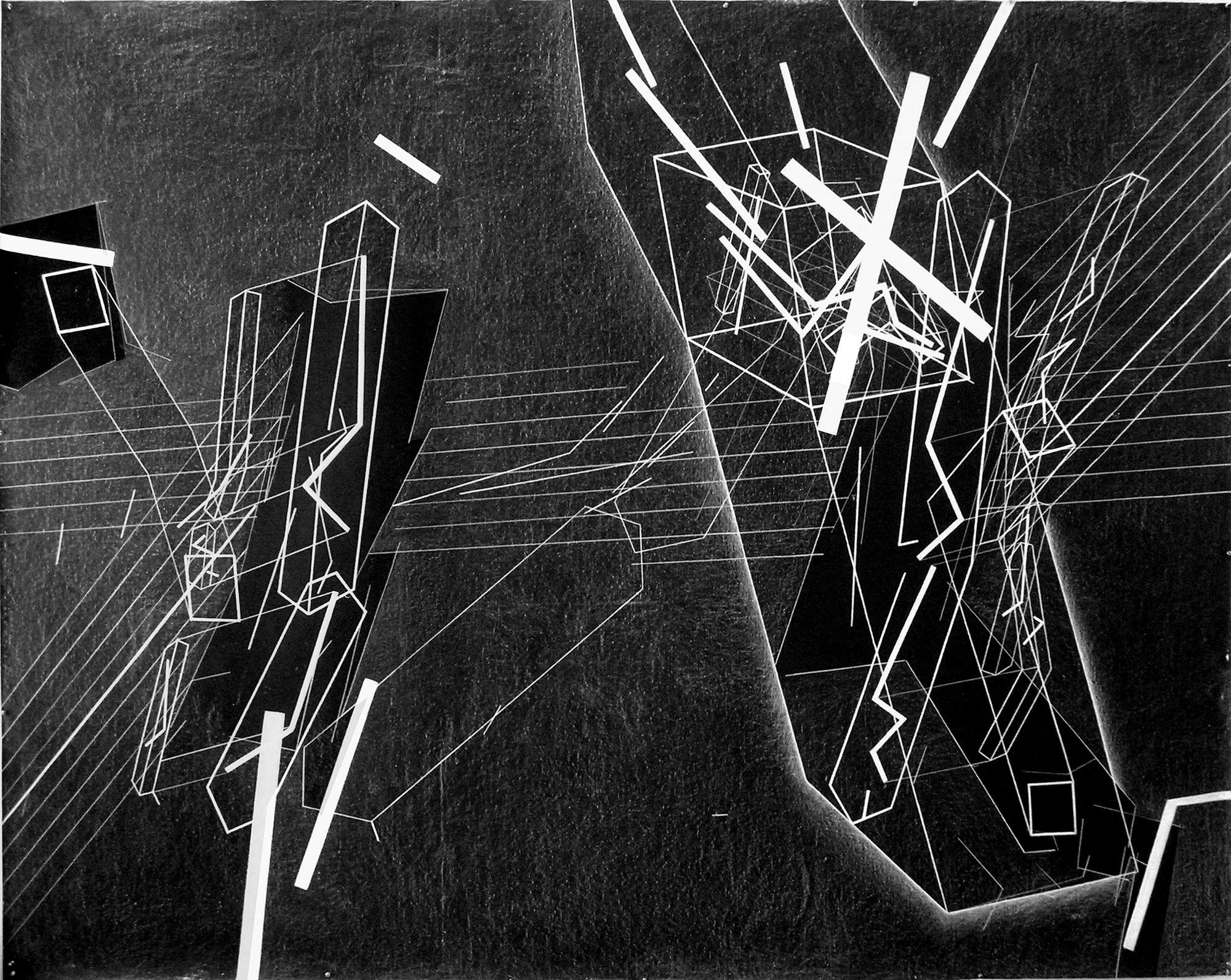
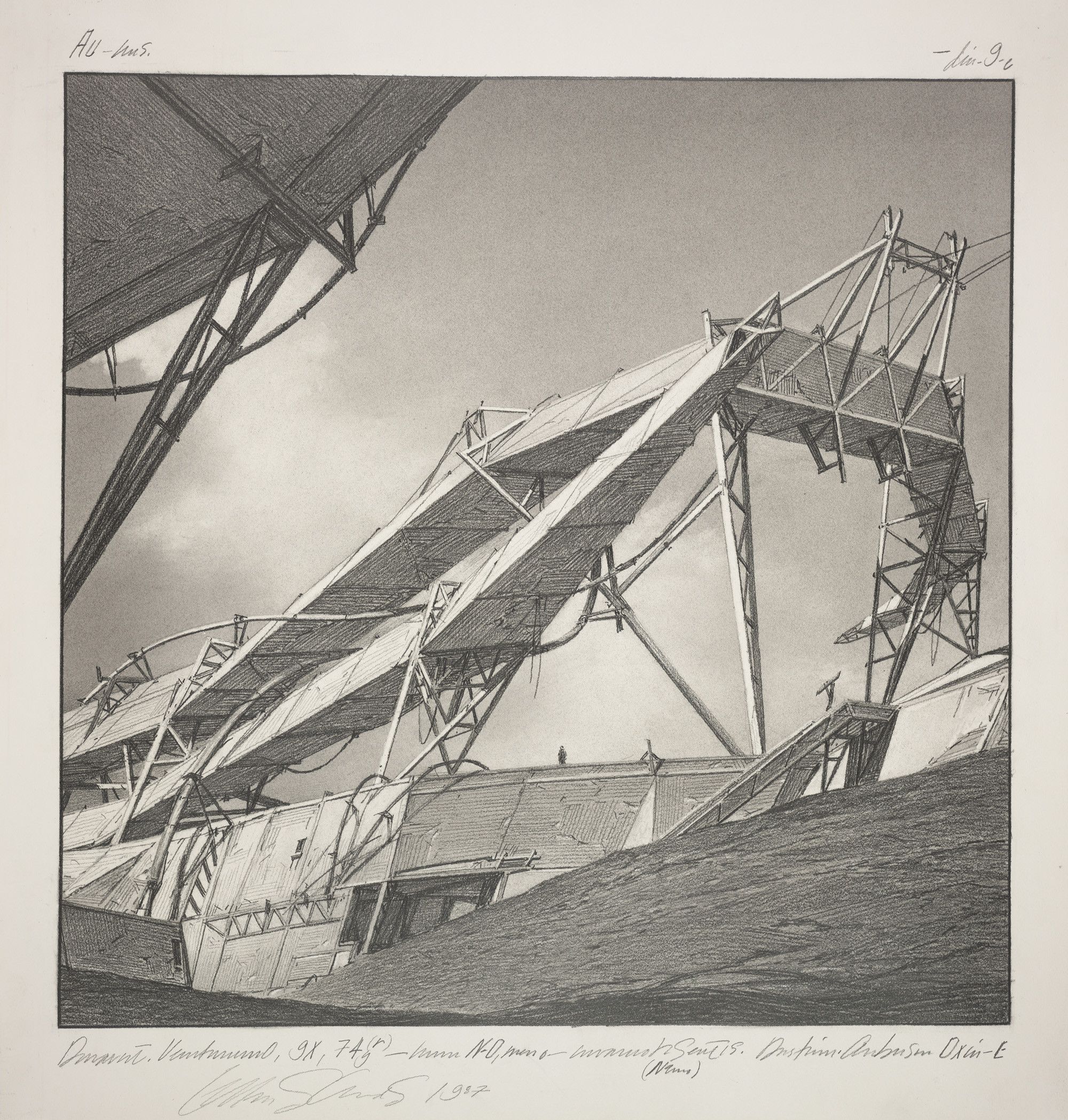
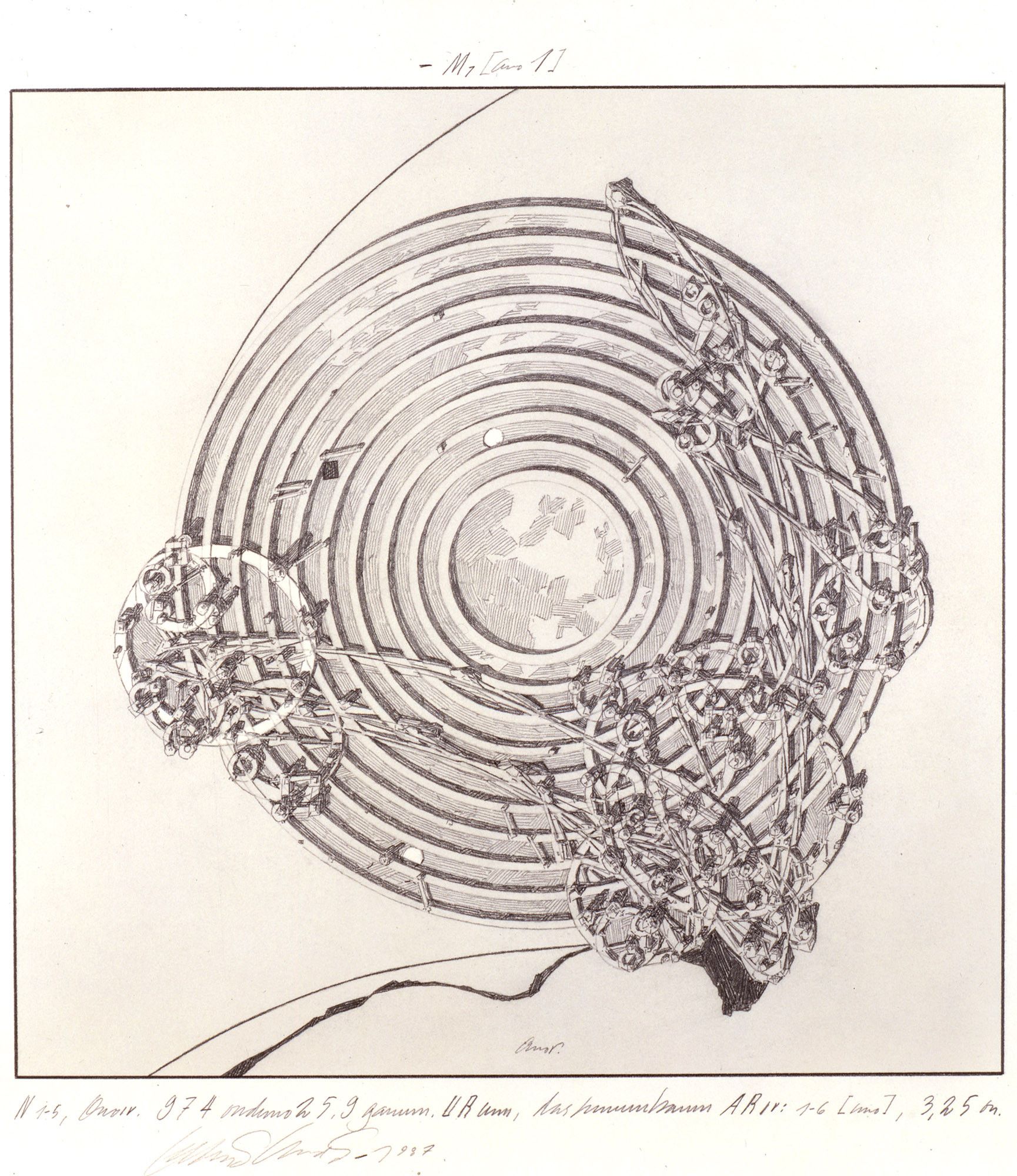
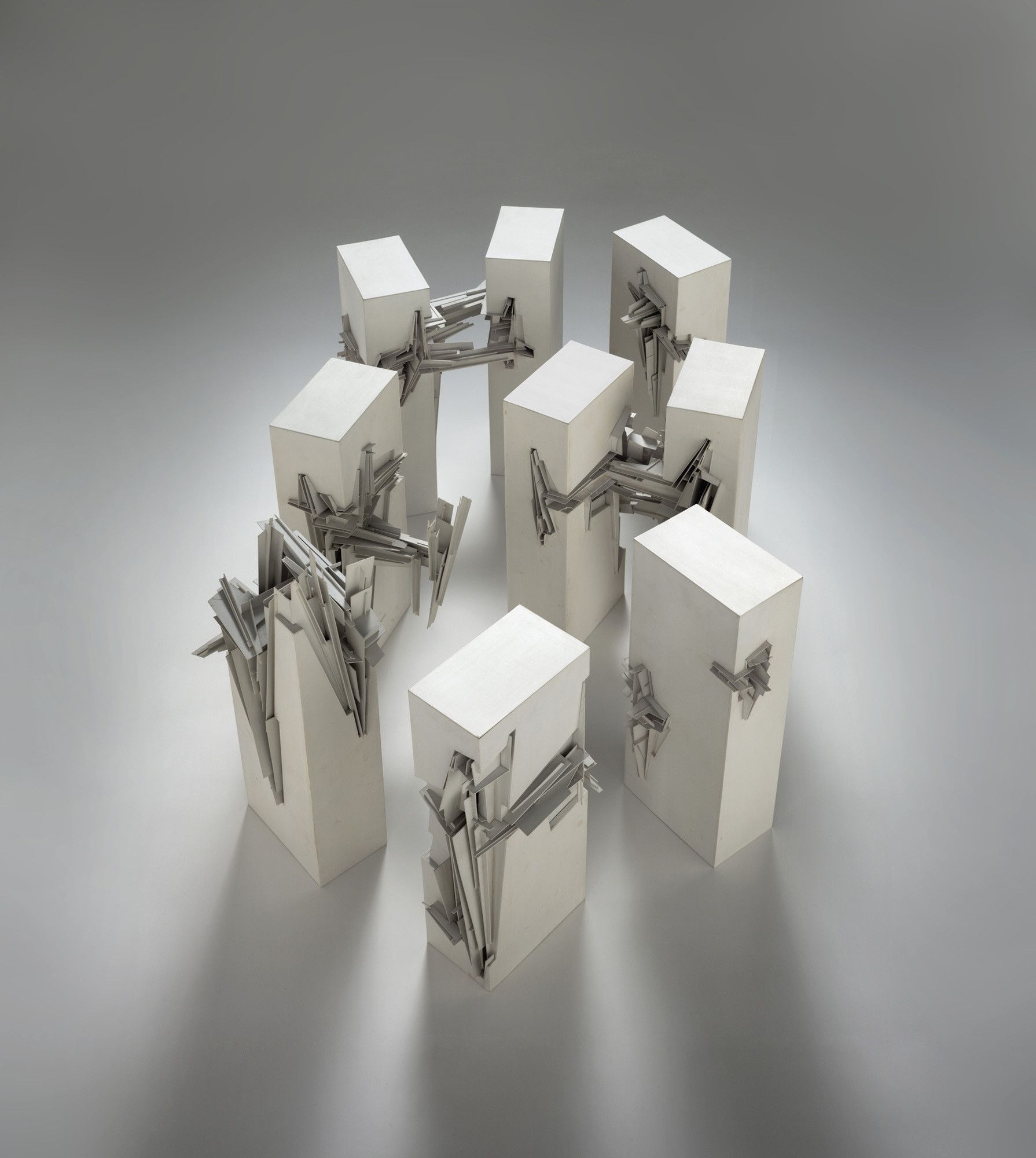
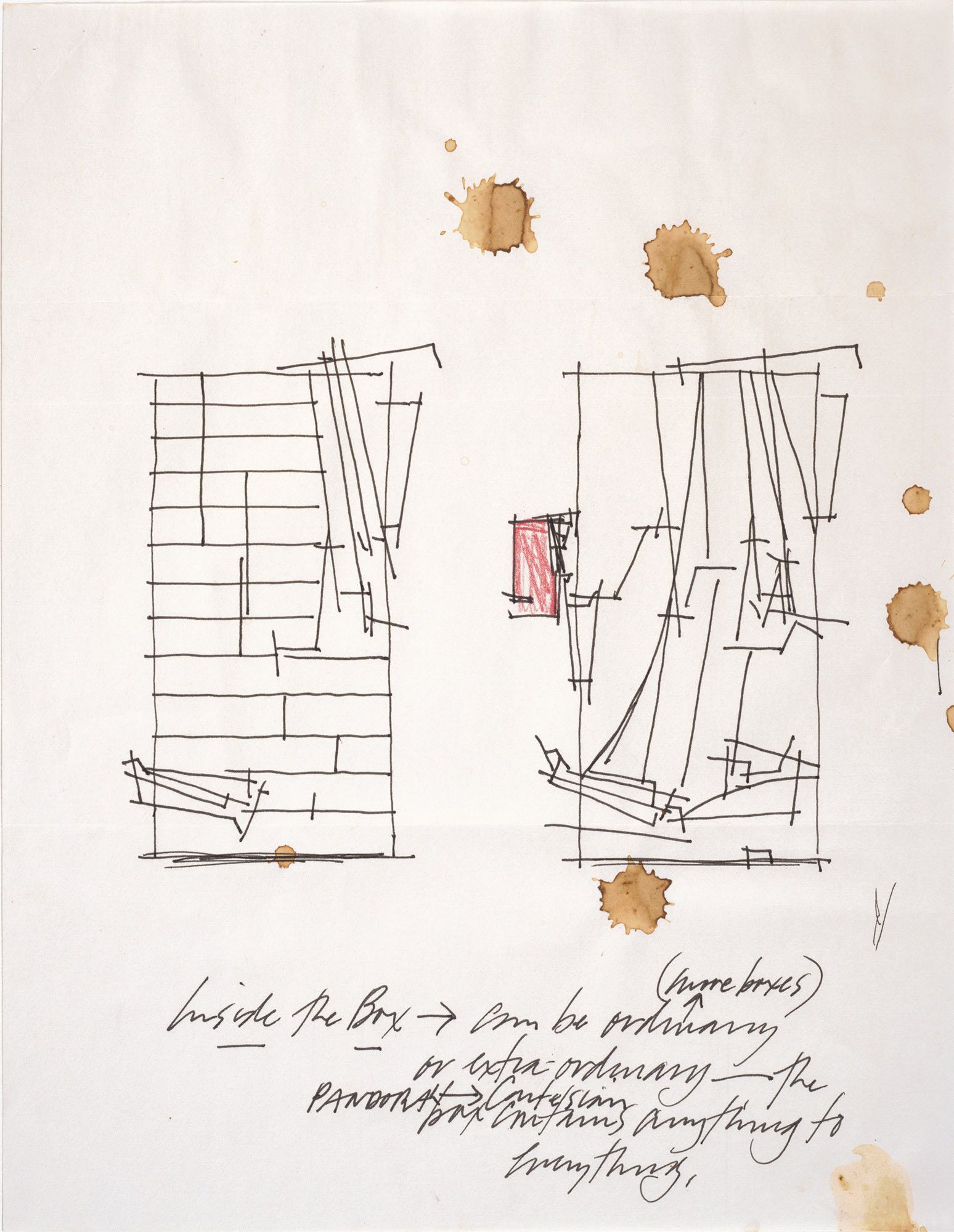
5. City of Meriens – Jacques Rougerie
One of the visionary architects of the 20th-21st century based most of his designs on the aquatic life of the sea. The structures he designs are based on marine forms, at the same time, keeping the concern of sustainable development in check. “Anything one man can imagine, other men can make real”, Rougerie has stated. The projects consist of habitats, laboratories, marine research centers, and underwater villages. The structure shows the role of the sea in humanity, while also represented the beauty and how fragile the sea is.


